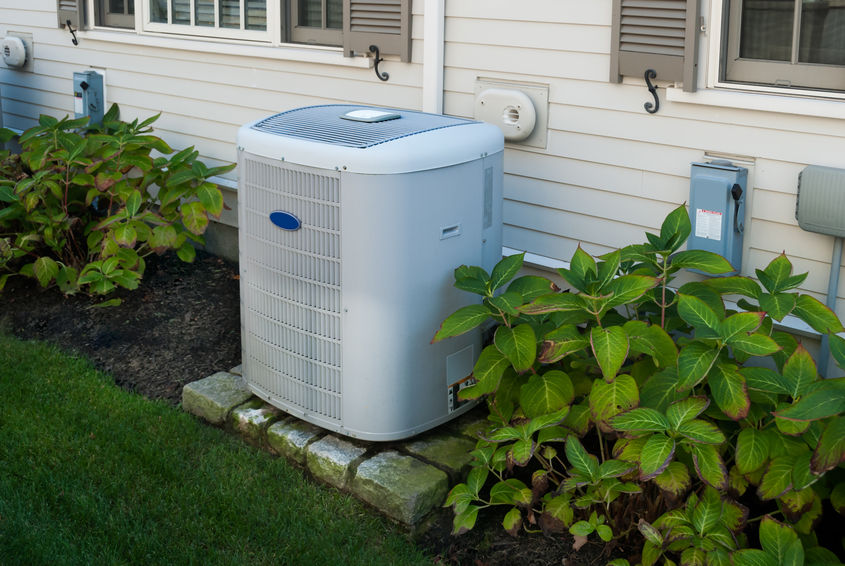The Environmental Protection Agency (EPA) has finalized a rule aimed at reducing emissions from coolants used in refrigerators, air conditioners, aerosol propellants, and other sources. The rule specifically targets hydrofluorocarbons, also known as “HFCs” and intends to cut their use by 85% over 15 years.
This is in response to the Covid-relief bill passed by Congress in December, which contained language requiring the EPA to issue such a rule on coolant emissions. EPA claims that it will cut 4.5 billion metric tons of carbon dioxide emissions through 2050.
The EPA also claims that the new regulation will provide $272 billion in economic benefits to the economy. Industry generally supports the move, as it will force manufacturers and consumers to purchase new chemicals.
As reported in the Wall Street Journal:
“The rules have wide support from industry, largely from U.S. chemical makers that have spent billions of dollars developing alternative coolants to sell globally, and from retailers looking to reduce their contribution to climate change.
“But there are concerns about the quality and availability of compliant new coolant chemicals, with some suppliers and customers warning that prices could rise if the new rules get ahead of developing technology. The industry group Alliance for Responsible Atmospheric Policy has said consumer prices for appliances might eventually rise as much as about 2%, comparable to previous coolant phaseouts.”
Originally, HFCs were touted by many environmentalists as the eco-friendly alternative to chlorofluorocarbons (or CFCs). CFCs were claimed to be depleting the ozone layer, and were the main target of the Montreal Protocol, an international agreement to limit the use of CFCs.
Only time will tell if the new replacements to HFCs will finally satisfy environmentalists, or will they too eventually earn the greens’ ire?
To read the full story in the Wall Street Journal, click here.
